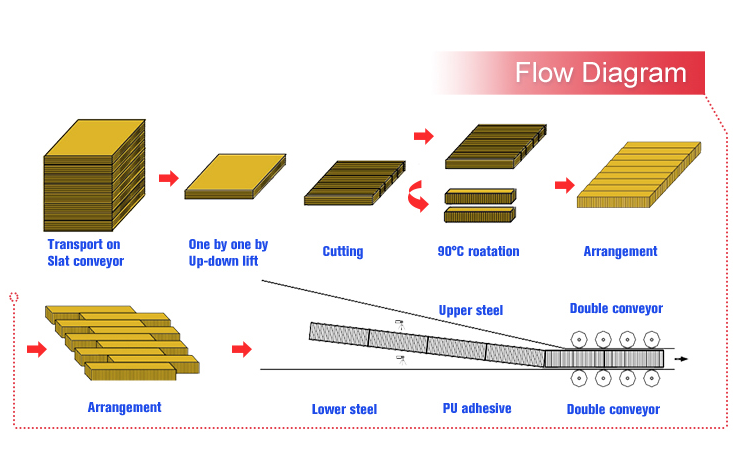Table of Contents

Introduction: Understanding hydraulic uncoilers
Hydraulic uncoilers play a crucial role in various industries, particularly in metalworking and manufacturing processes. These powerful machines are designed to safely and efficiently unwind and straighten coiled materials, such as steel, aluminum, and copper. In this comprehensive guide, we will explore the key features, benefits, and applications of hydraulic uncoilers, as well as provide useful tips for choosing the right one for your specific needs.
1. What is a Hydraulic Uncoiler?
A hydraulic uncoiler, also known as a coil reel, is a heavy-duty machine used to handle and process coiled materials. It consists of a sturdy frame, hydraulic power system, and a mandrel or spindle that holds the coil securely in place. With the help of hydraulic power, the uncoiler smoothly unwinds the coil, allowing for easy feeding into downstream processes.
2. The Functionality of Hydraulic Uncoilers
Hydraulic uncoilers are designed to provide a controlled and controlled release of tension on coiled materials. The hydraulic system ensures a smooth and gradual unwinding process, preventing any sudden jerks or snags that could damage the material or disrupt the production line. This functionality is especially crucial when working with delicate or high-value materials.
3. Benefits of Hydraulic Uncoilers
3.1 Increased Efficiency and Productivity:
Hydraulic uncoilers are equipped with advanced features, such as automatic tension control and adjustable speed settings, which significantly improve efficiency and productivity. By eliminating the need for manual handling and unwinding, these machines save valuable time and manpower.
3.2 Enhanced Material Protection:
One of the primary advantages of hydraulic uncoilers is their ability to protect the material from damage during the unwinding process. The controlled release of tension prevents material distortion, scratches, and other forms of damage, ensuring high-quality output.
3.3 Operator Safety:
Hydraulic uncoilers are designed with operator safety in mind. They feature safety measures such as emergency stop buttons, overload protection, and guards to prevent accidents and injuries in the workplace.
4. Applications of Hydraulic Uncoilers
4.1 Metalworking Industry:
Hydraulic uncoilers are widely used in the metalworking industry for processing coils of steel, aluminum, and other metals. They are essential in applications such as stamping, roll forming, tube production, and more.
4.2 Manufacturing Industry:
In the manufacturing industry, hydraulic uncoilers are used to handle coiled materials during various production processes, including automotive parts manufacturing, appliance production, and HVAC fabrication.
4.3 Construction Industry:
Hydraulic uncoilers are also utilized in the construction industry for unwinding and straightening coils of reinforcing steel bars (rebar). This ensures the efficient and accurate placement of rebar in concrete structures.
5. Factors to Consider When Choosing a Hydraulic Uncoiler
5.1 Material Type and Thickness:
The first consideration when choosing a hydraulic uncoiler is the type and thickness of the material you will be processing. Different uncoilers are designed to handle specific materials, so it's crucial to select one that matches your requirements.
5.2 Coil Weight and Width:
Another important factor is the weight and width of the coil. Hydraulic uncoilers come in various load capacities and mandrel sizes, so you need to ensure that the machine you choose can handle the dimensions of your coils.
5.3 Automation and Control Options:
If you require advanced automation and control features, such as programmable logic controllers (PLCs) or integration with other equipment, make sure to choose a hydraulic uncoiler that offers these capabilities.
6. Maintenance and Safety Tips for Hydraulic Uncoilers
6.1 Regular Inspection and Lubrication:
Perform routine inspections of your hydraulic uncoiler to identify any signs of wear or damage. Additionally, ensure that all moving parts are properly lubricated to prevent friction and extend the machine's lifespan.
6.2 Operator Training and Safety Procedures:
Proper training for operators is crucial to ensure safe and efficient operation of hydraulic uncoilers. Implement clear safety procedures, provide protective equipment, and conduct regular training sessions to minimize the risk of accidents.
7. Conclusion
Hydraulic uncoilers are indispensable machines in various industries, offering increased efficiency, material protection, and operator safety. By understanding their functionality, benefits, and applications, as well as considering key factors when choosing one, you can optimize your production processes and achieve superior results. Remember to prioritize maintenance and safety to maximize the lifespan and performance of your hydraulic uncoiler.

